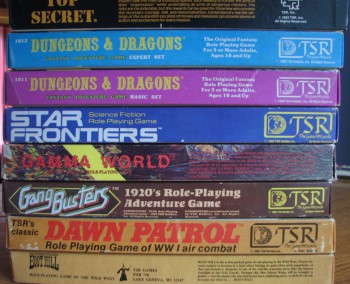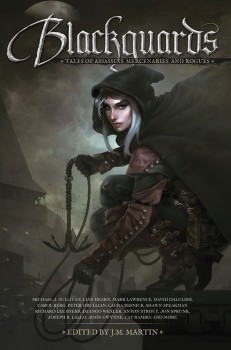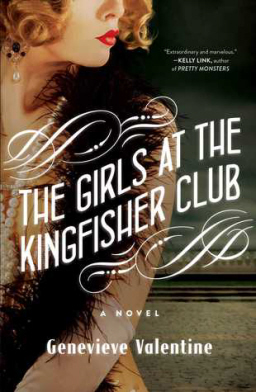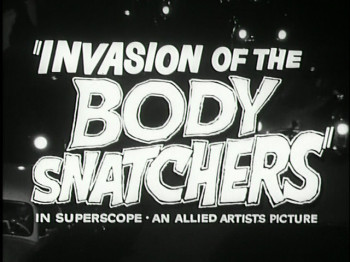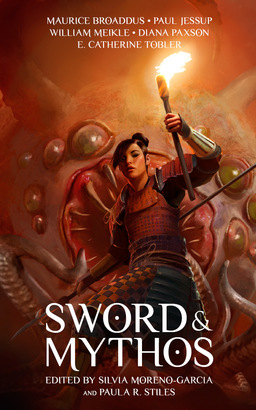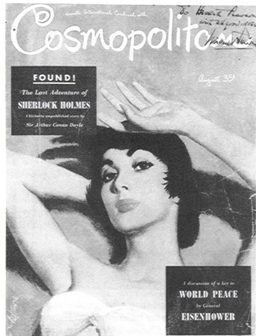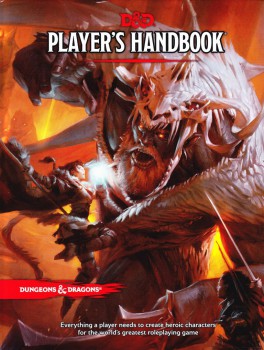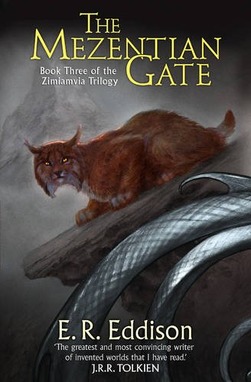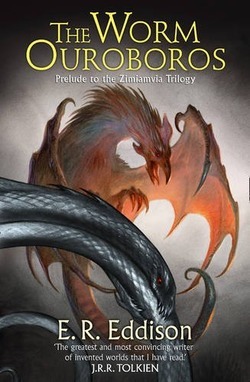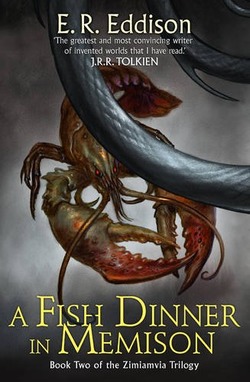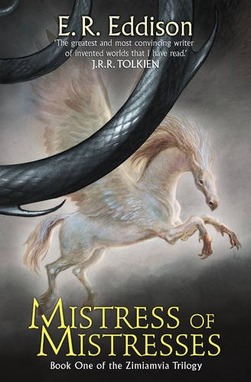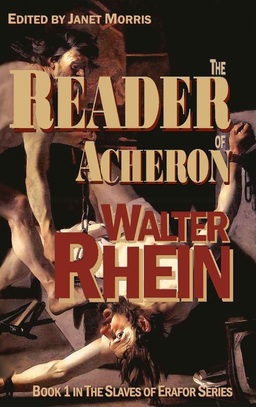Art of the Genre: The Art of Selling your Past
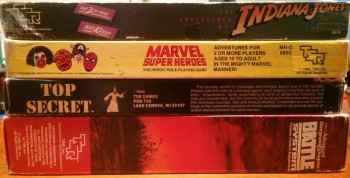 Considering the fact that James ‘Grognardia’ Maliszewski is one of my office mates here in Black Gate L.A., I’m often inspired by what he has to say on the subject of gaming. Now sure, James comes at the hobby from a more mechanics angle, while I take on the artistic side, but nonetheless, we are still cut from the same cloth and overlap on many details [he’s two years older than me, so MUCH wiser].
Considering the fact that James ‘Grognardia’ Maliszewski is one of my office mates here in Black Gate L.A., I’m often inspired by what he has to say on the subject of gaming. Now sure, James comes at the hobby from a more mechanics angle, while I take on the artistic side, but nonetheless, we are still cut from the same cloth and overlap on many details [he’s two years older than me, so MUCH wiser].
After reading his The Golden Age article this week, I couldn’t help but find an odd pleasure in the fact that I too was revisiting my gaming past, only once again from a different angle.
So, when he posted his image of the ‘treasure’ found at his ancestral home, I couldn’t help but smile because I’d just taken a picture similar to it myself the day before. You see, James, according to the article, was enjoying the nostalgia of his TSR collection in his visual framing, but for me, I was working toward the reality of parting ways with mine.
Over the past three weeks, I’ve been selling off parts of my RPG collection. It began as a quest to raise capital for other projects, but as it continued, it turned into a kind of cathartic shedding of unneeded pounds. Last year, I wrote an article for Black Gate entitled The Weight of Print, and over the past weeks I’ve toted at least a hundred pounds of books to the USPS from my RPG shelves.
